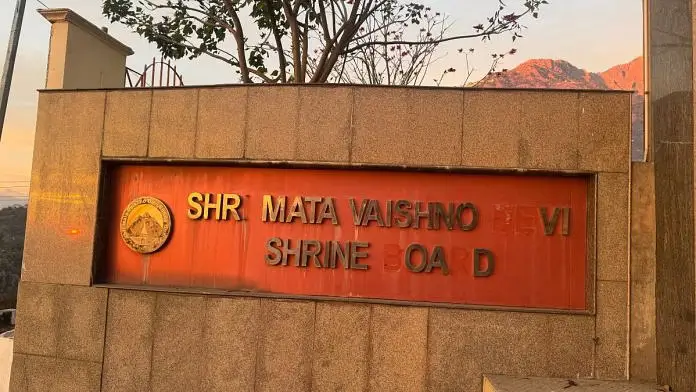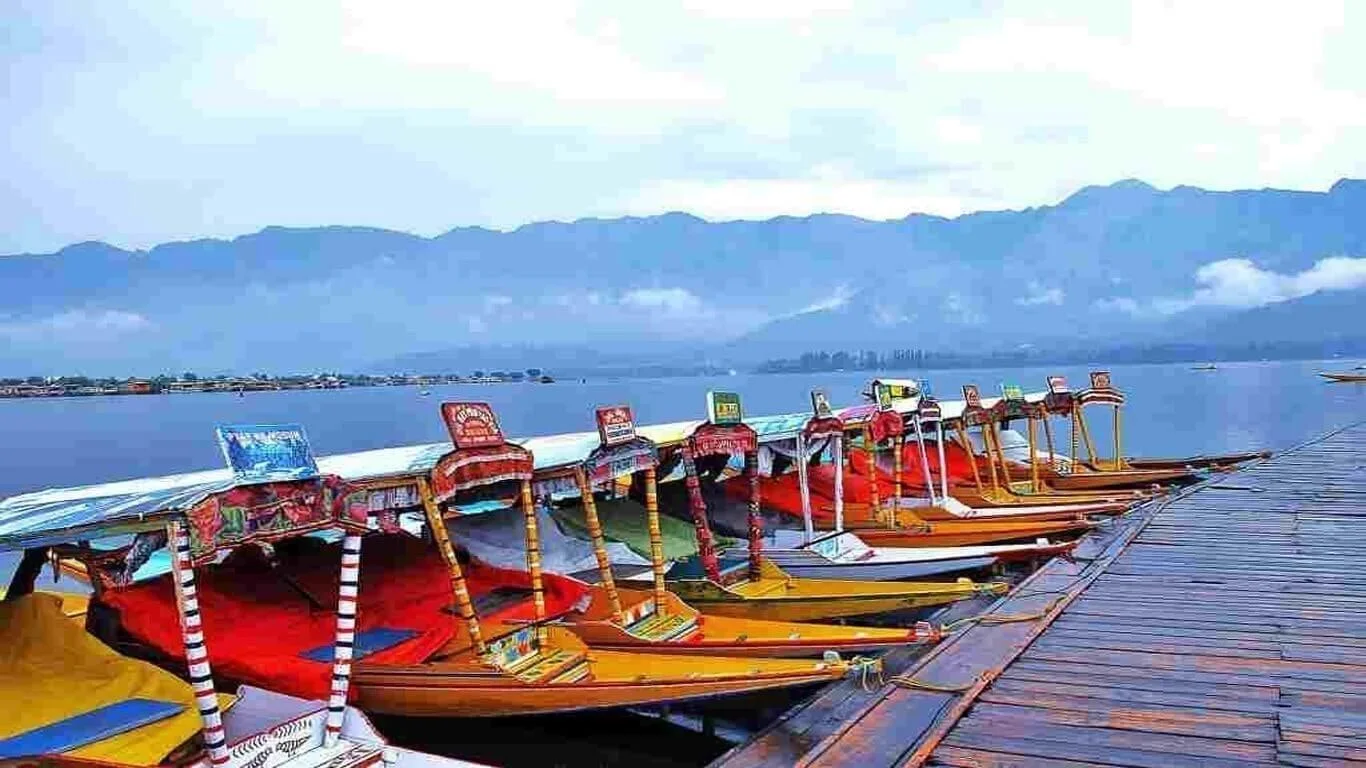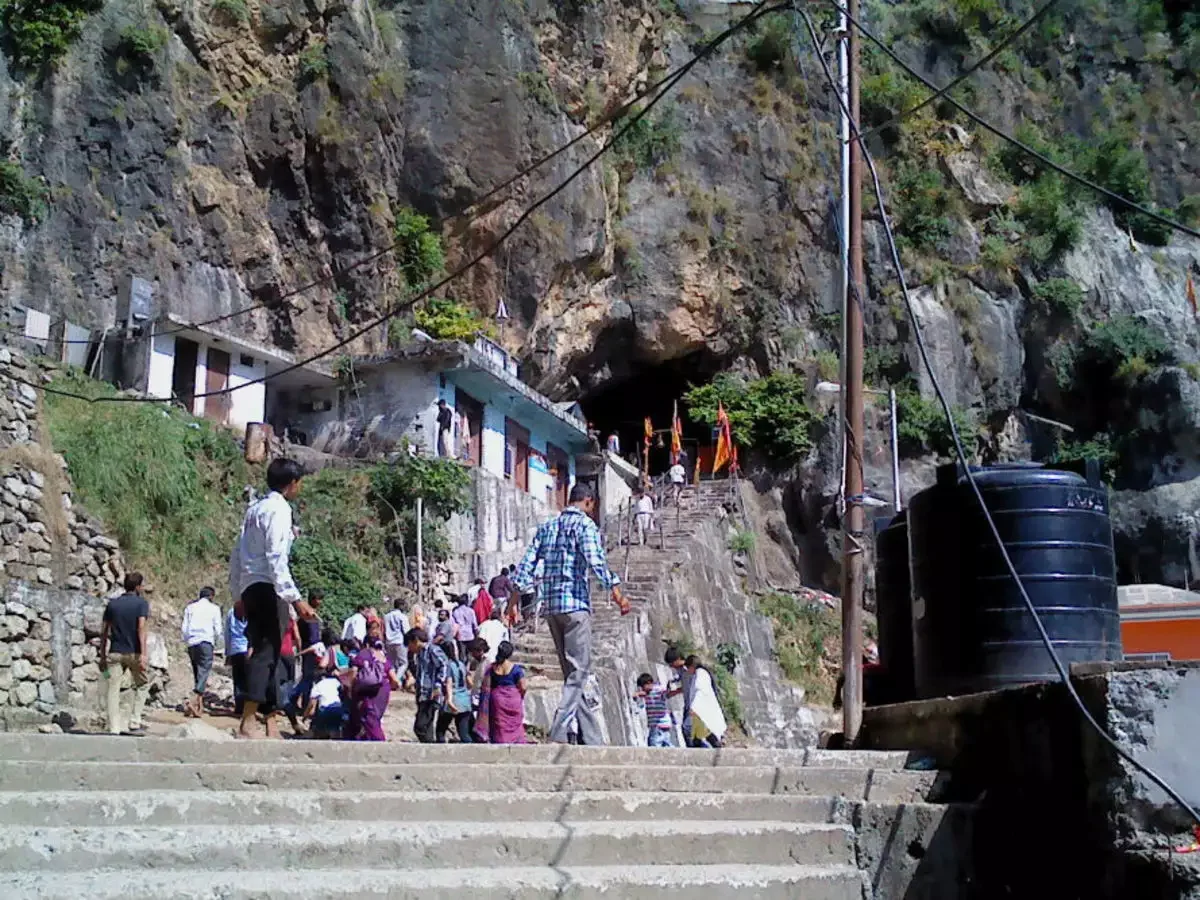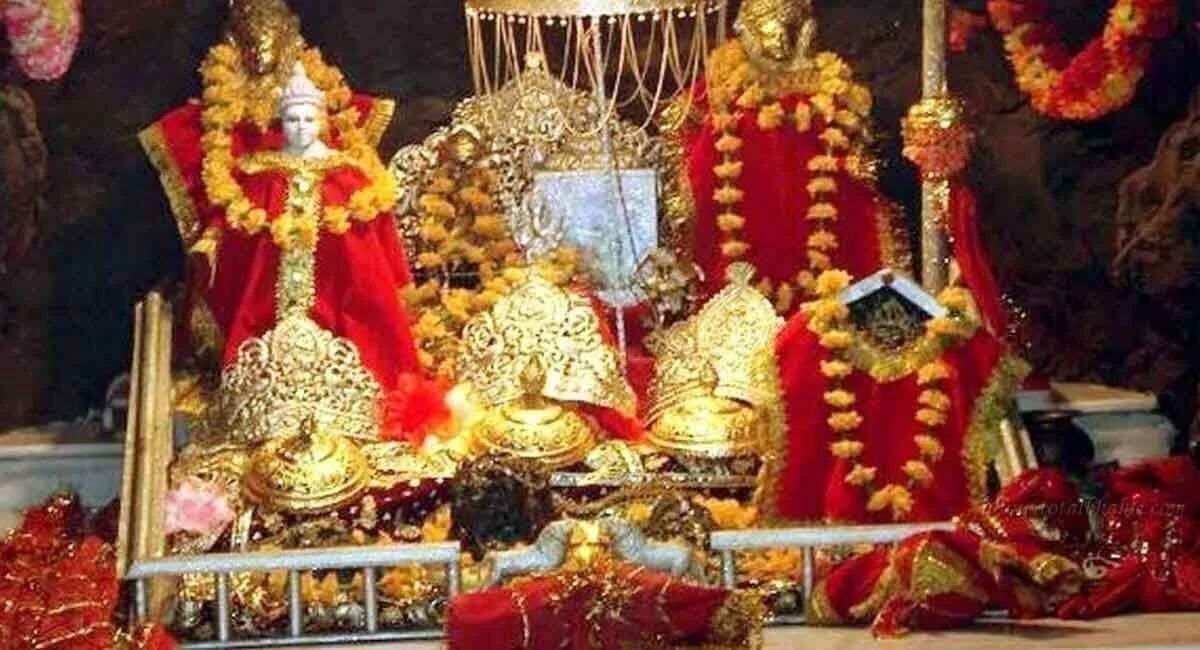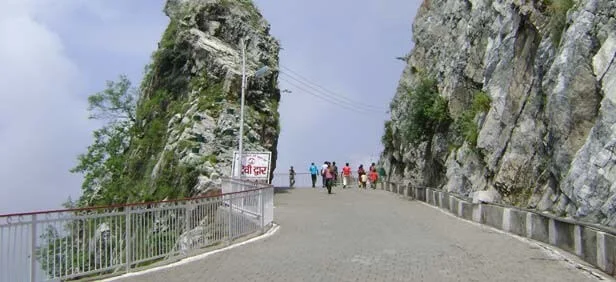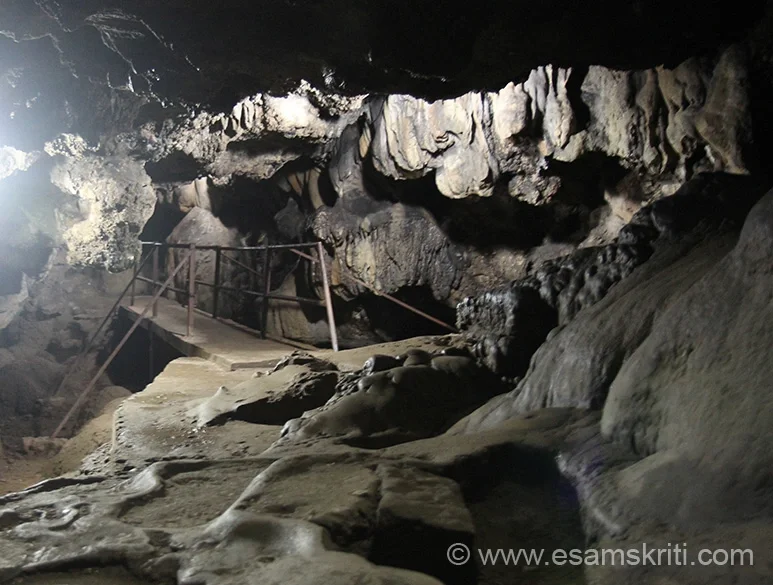Vaishno Devi Ropeway Plan Throws Up A Question For Katra. Is It A Picnic Spot Or Pilgrimage?
Katra: Standing outside a three-decade-old tea shop at Banganga, the iconic gateway to the Vaishno Devi shrine, Sonu Thakur declared: "The fight is far from over."
His words gave rise to a chorus by the crowd of two dozen pony operators and shopkeepers: "Hum berozgar ho jayenge, agar ropeway yeh banayenge (We will lose our livelihoods if they built the ropeway.)" Thakur goes around giving updates on the ropeway project. It is at such mini gatherings he finds support.
Thakur, a member of the Vaishno Devi Sangharsh Samiti (VDSS), is mobilising people against the Rs 250-crore ropeway project that aims to connect Tarakote marg to Sanji Chhat, reducing the 13-kilometer trek to the shrine that takes 5-6 hours on foot to just six minutes.
The VDSS represents 60,000 shopkeepers, pony operators, and palanquin carriers, and was formed in the backdrop of the announcement of the ropeway project. The VDSS has said that the ropeway would undermine the religious sanctity of the shrine as the project short circuits Hindu mythology.
"The central government wants to turn a pilgrimage into a picnic spot. The path to the Vaishno Devi shrine mirrors the path taken by the Mata. And what is pilgrimage about if not perseverance, and journey. The Vaishno Devi Shrine board wants to commercialise the route to the bhawan (sanctum sanctorum) while snatching the livelihoods of thousands of people," said Beli Ram, chairman, VDSS.
The foothill town of Katra is witnessing a fresh round of development vs livelihood debate. But unlike the past initiatives of connectivity such as battery-powered cars from Ardhkunwari to Bhawan and helicopter rides, the ropeway project is being seen as the biggest killer of local businesses. A CRPF vehicle was attacked by local protesters a month ago and 18 persons, including members of VDSS, were arrested and later released. Protests, shutdowns, lathicharge and troubled devotees have been the theme here for the past few weeks.
For once, all political parties seem to be on one side—they have opposed the central government project. Even the local BJP MP is of the view the ropeway shouldn’t be built at its current location. As for the local business community, it’s a fight to stop the coming up of a parallel economy set up by the shrine board at Tarakote.
A new route not taking off
It is the seven-kilometer-long Tarakote Marg, constructed by the Vaishno Devi Shrine Board (VDSB) and inaugurated by Prime Minister Narendra Modi in 2018, that has become a major point of contention between the shrine board and the protestors.
The protestors said that by starting the ropeway from Tarakote to Sanji Chhat, the Shrine board is trying to shift the base camp from Katra to Tarakote. And that would be a big blow to Katra’s economy.
“They are not only bringing the ropeway but through this project they are also trying to shift the base camp. The new base camp is a threat to the old route and everyone relying for their livelihood on it,” said Rajesh Sadotra, councillor of the Samiti.
Locals link the Tarakote route not taking off to faith. Pilgrims prefer taking the route that intercepts the cave where the goddess is believed to have stayed while escaping the demon. Other reasons include lack of ponies, palaquin, trolley carriers etc. If a pilgrim enquires about which route to take, local people actively persuade them to choose the old, historic path to the cave shrine.
The old route to Vaishno Devi shrine goes from Banganga, Charan Paduka, Ardkuwari before reaching the cave where the goddess is residing. Along this path, generations of pony operators, palanquin carriers, trolley pullers, and shopkeepers have built their livelihoods. It is dotted with small businesses catering to pilgrims. From food stalls to souvenir shops and palanquins and ponies steadily moving along the serpentine trail.
The Sangarsh Samiti’s concerns extend to the growing jurisdiction of the Vaishno Devi Shrine Board. According to the Samiti, the board aims to make the old route obsolete, effectively commercialising the entire pathway to the shrine while excluding the local community.
ThePrint tried to get in touch via phone call and email with the Vaishno Devi Shrine Board but received no response.
When ThePrint visited the Tarakote Marg—a wider, well-tilled and less-steeper route compared to the old one—very few devotees were travelling the new route. Unlike the bustling old pathway, the Tarakote Marg was devoid of commercial eateries, featuring only a handful of Shrine board Bhojanalayas catering to devotees.
A source within the Jammu and Kashmir administration accepted that the Tarakote Marg has been unable to take off and has been witnessing low footfall since it became operational.
Former BJP MLA from Reasi, Ajay Nanda said that to create the Tarakote Marg, the Trikuta hills were tampered with. When Nanda became the MLA in 2014, the Tarakote route was already established. Protests had broken out back then too.
Since then, the sentiment in Katra has been that the shrine board is trying to bypass Katra town and create a new town in Tarakote where it will hire its own people, and build its own economy after destroying the livelihood of thousands, said Nanda.
"The construction of the new route involved blasting through the mountains, leading to landslides during the rainy season along the Tarakote route. The people protested, and it was decided that the Marg would start from Banganga, and tourists would decide which path they want to take," said Nanda.
However, tourists did not take the Tarakote Marg for the trek. Instead, they followed the old route to reach the bhawan.
"That is because of the religious significance of the old route. The new route doesn’t offer that. Also, while the new route has wide roads, it is a jungle and isolated. Despite free langars by the shrine board, pilgrims are choosing the old route," Nanda added.
Nanda said the Tarakote Marg is only used by VIPs and ministers who come for darshan.

